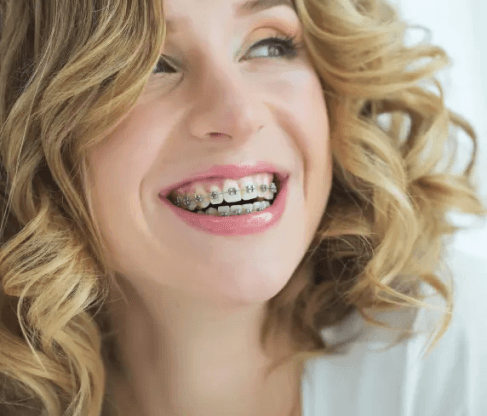
Starts as low as $95/month
Flexible monthly payment plans
$0 down, 0% financing options
Most insurances accepted

Braces for Adults
It’s never too late to pursue the smile of your dreams. At Diamond Braces, we customize your braces treatment plan to meet your needs and wants.

Braces for Kids
Our kid-friendly orthodontists are pros at diagnosing and correcting growing smiles. We offer specialized treatment plans designed for growing mouths.
- Backed by our lifetime smile maintenance guarantee
- Complete treatment in 12-24 months*
- Convenient locations with evening and weekend hours
- Pricing includes scans, diagnostics, and two retainers
- State-of-the-art iTero digital scans
Family Package Discounts
Diamond Braces offers family package discounts, allowing you to straighten your children’s teeth and save big. It’s also a great time to fix your own smile – we’ve helped many parents get straight teeth alongside their kids with braces and Invisalign!
Schedule a consultation today and keep the whole family smiling for years to come.

Lower Your Family's Costs with Insurance
Maximize your benefits and get the smile you’ve always wanted! Diamond Braces accepts most insurances, private or state-sponsored, to help you straighten your bite for less.

More info about braces - pricing, maintenance, types of braces, how they work
Questions about braces? We have answers! Check out our list of informational articles that are full of questions answered by real, licensed orthodontists. Learn more about what conditions braces treat, how they work, how to customize your braces treatment experience with colored bands, how much they cost, and much more!